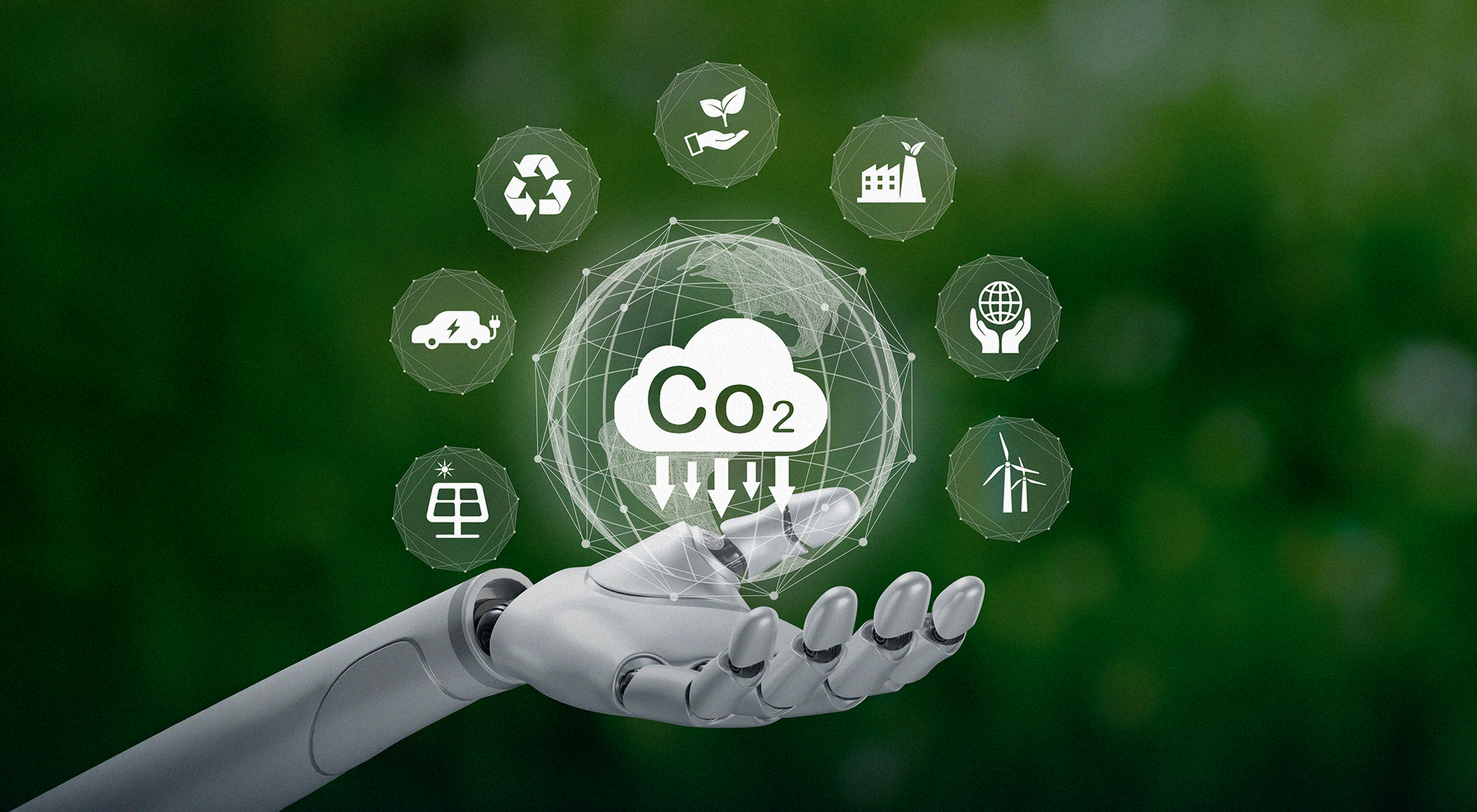Achieving ambitious net-zero targets demands more than incremental progress; it requires a strategic and significant embrace of climate technology, a rapidly expanding market projected to become a multi-trillion-dollar opportunity in the coming decades. For C-suite leaders, understanding the dynamics of the climate tech and the breakthroughs in critical areas like green hydrogen, carbon capture, advanced energy storage, and sustainable fuels is crucial. It is not just about sustainability or corporate social responsibility but about future-proofing their businesses in a rapidly changing world, unlocking new revenue streams, and gaining a competitive edge in the evolving global landscape. This necessitates a deep dive into the specific innovations driving this transformation and their implications for business strategy.
The Maturing Story of Green Hydrogen: Powering Industrial Transformation at Scale
Once relegated to niche applications, green hydrogen is now a rapidly developing solution with the potential to decarbonize core industrial processes on a significant scale. The declining cost of production is a key enabler, with ambitious targets like the U.S. Department of Energy’s $1 per kilogram goal by 2030 becoming increasingly attainable through technological advancements in electrolysis and economies of scale in manufacturing.
The world is witnessing tangible early applications emerge in traditionally carbon-intensive sectors like steel manufacturing, where pilot projects demonstrate the feasibility of hydrogen-based production, and in heavy transport, with major players investing in hydrogen fuel cell technology for long-haul trucking and even maritime shipping. This shift towards green hydrogen represents a crucial step towards sustainable manufacturing and a direct response to the escalating demands of the greenhouse market, offering a pathway to reduce reliance on fossil fuels in energy-intensive industries. Strategic investments in green hydrogen infrastructure, including production facilities, storage solutions, and transportation networks, are no longer just environmental initiatives; they are becoming critical components of long-term industrial competitiveness and energy security for nations and corporations alike.
Sustainable Aviation Fuels Taking Flight: Decarbonizing a Hard-to-Abate Sector Through Innovation
The aviation industry’s journey towards sustainability features Sustainable Aviation Fuels (SAF) as a vital and increasingly viable storyline. The increasing production and utilization of SAFs, as evidenced by the growing biofuels market, represent a significant step towards decarbonizing air travel, a sector facing unique challenges in reducing its carbon footprint. Government mandates, blending targets, and corporate commitments are driving this narrative forward, fostering significant innovation within the climate tech market and the sustainable manufacturing of aviation fuels from diverse sustainable feedstocks. World Energy has converted a former petroleum refinery in Paramount, California, into a dedicated sustainable aviation fuel production facility. This facility processes various waste fats, oils, and greases (a key category of diverse sustainable feedstocks) to create SAF. Strategic investments in SAF production facilities and the development of advanced conversion technologies are becoming essential for airlines looking to secure long-term viability in a carbon-constrained world and mitigate their impact on the environment. The scalability and cost-competitiveness of SAFs will be crucial factors in achieving the aviation industry’s ambitious decarbonization goals.
Carbon Capture’s Expanding Role: Turning Emissions into Assets and Mitigating Legacy Pollution
The narrative of carbon capture is also evolving beyond initial pilot projects to encompass significant industrial-scale deployments, including the ambitious rise of Direct Air Capture (DAC) facilities capable of removing CO2 directly from the atmosphere. Government incentives, such as the enhanced tax credits and direct funding mechanisms in the U.S. and similar initiatives globally, are powerful catalysts, encouraging businesses to view carbon emissions not just as a liability but as a potential asset for utilization in various industrial processes or for permanent geological storage. This fosters significant innovation within the climate tech market and creates new opportunities for sustainable manufacturing through the development of novel materials, fuels, and other products derived from captured CO2.
The increasing global investment in both DAC and point-source carbon capture technologies underscores a growing commitment to actively addressing the challenges of greenhouse gases and mitigating the impact of historical emissions. Furthermore, the development of robust carbon capture infrastructure is becoming a key consideration for industries seeking to achieve deep decarbonization and maintain their social license to operate.
The decarbonization industry is anticipated to reach USD 4.6 trillion by 2030. With climate change a central pillar of ESG considerations, companies increasingly seek and invest in decarbonization solutions, fueling significant market growth in this area.
The Continuous Evolution of Battery Technology: Stabilizing the Renewable Revolution and Electrifying Mobility
The battery technology story is a continuous and crucial advancement, underpinning the entire renewable energy transition. The ongoing and dramatic reduction in lithium-ion battery costs has been a critical enabler for the widespread integration of intermittent renewable energy sources like solar and wind into the grid, making energy storage increasingly economically viable. Simultaneously, the emergence of next-generation battery technologies, such as solid-state batteries with their potential for higher energy density and improved safety, and flow batteries offering long-duration storage capabilities, promises to further enhance grid stability and enable the electrification of broader sectors, solidifying the climate tech industry. This robust energy storage infrastructure is a fundamental pillar of sustainable manufacturing in the energy sector and a key factor in achieving deep decarbonization across transportation, industry, and power generation. The development of secure and sustainable battery supply chains is also becoming a critical strategic consideration for businesses and governments worldwide.
The Strategic Imperative: Investing in the Climate Tech Future for Long-Term Value Creation
Understanding the narrative of climate tech is of profound strategic importance for businesses. These evolving stories, the underlying technologies, the policy drivers, and the potential for disruptive innovation is no longer a peripheral concern but a core element of future business strategy. Investing strategically in climate technology is not merely an exercise in environmental responsibility or a response to regulatory pressures, it is also a fundamental pathway to long-term growth, operational efficiency, risk mitigation against climate-related disruptions, and the establishment of market leadership in a global economy increasingly driven by the imperative of decarbonization and the principles of sustainable manufacturing across all sectors, including the dynamic biofuels market and the broader efforts to address the greenhouse market. The future of business success is inextricably linked to the proactive adoption and strategic deployment of climate technology solutions.
















